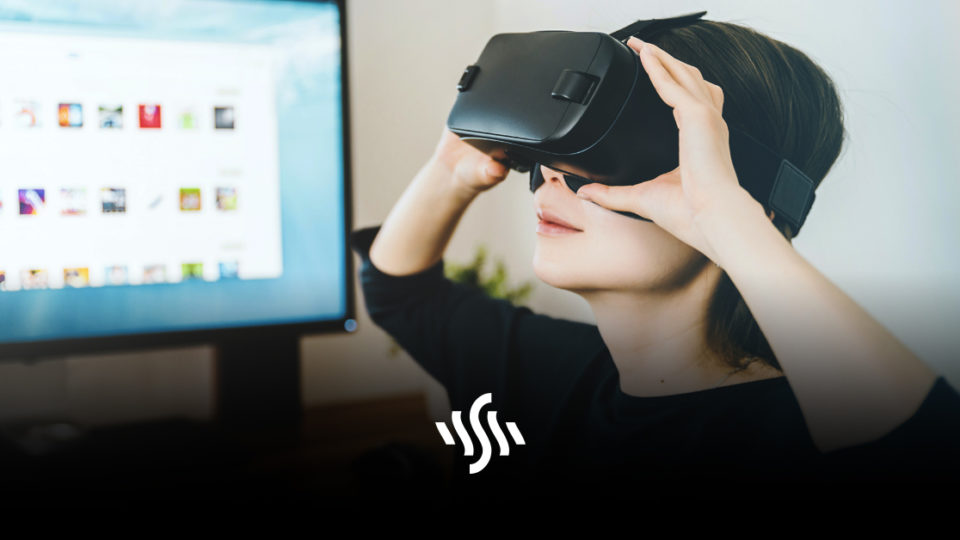What Is Extended Reality Technology?
Immersive video and filming techniques are more widely used now. We’ve broken down what extended reality is, with some awesome examples!
Are you a big fan of new technology? Would you describe yourself as someone who loves to push boundaries and constantly innovate? If you’re all these things and happen to be a filmmaker, then I’m sure you’ll be interested in extended reality (XR).
This term may be unfamiliar to you, although you’ve probably heard of the following: virtual reality (VR) & augmented reality (AR). These two things have become increasingly popular within gaming and even the film industry. Gone are the days when chunky plastic 3D glasses at the cinema were the height of cutting edge. Nowadays, you can wire yourself up via a technologically advanced headset and dive right into other worlds.
Extended Reality (XR)
Extended reality is a universal umbrella term used to refer to VR, AR, and mixed reality (MR).
The term references the fact that these technologies extend our reality by adding elements to, or simulating elements, the real world. All this is done digitally, and has uses ranging from educational, corporate, and for entertainment.
Virtual Reality
Possibly the most popular and widely recognised of the XR technologies, virtual reality creates a simulated environment in which people can interact with objects and move through the digital space.
This involves the wearing of a headset, where the wearer gets a first person view of the environment. Created as a 3D version of 360 video, a turn of the head will mean corresponding movement of the camera. Filmmaker Jonathan Griffith recently created The Soloist VR, a virtual reality mountain climbing experience.
Augmented Reality
See through either a smartphone, tablet, or headset, AR adds virtual elements to the real world, but viewed on the screen. Often, these elements will be interactive, making augmented reality perfect for educational purposes, e.g. in museums.
It’s also great for shopping, letting the viewer get a clearer idea of how furniture may look in their home, for instance. This is something that IKEA shrewdly hopped onto.
Mixed Reality
Augmented reality actually falls into the MR category, since it combined digital elements with real life – henced “mixed”.
Generally, mixed reality refers to technologies that go even further than AR. This includes things like holographic images, bringing digital to life without the need for a screen.
